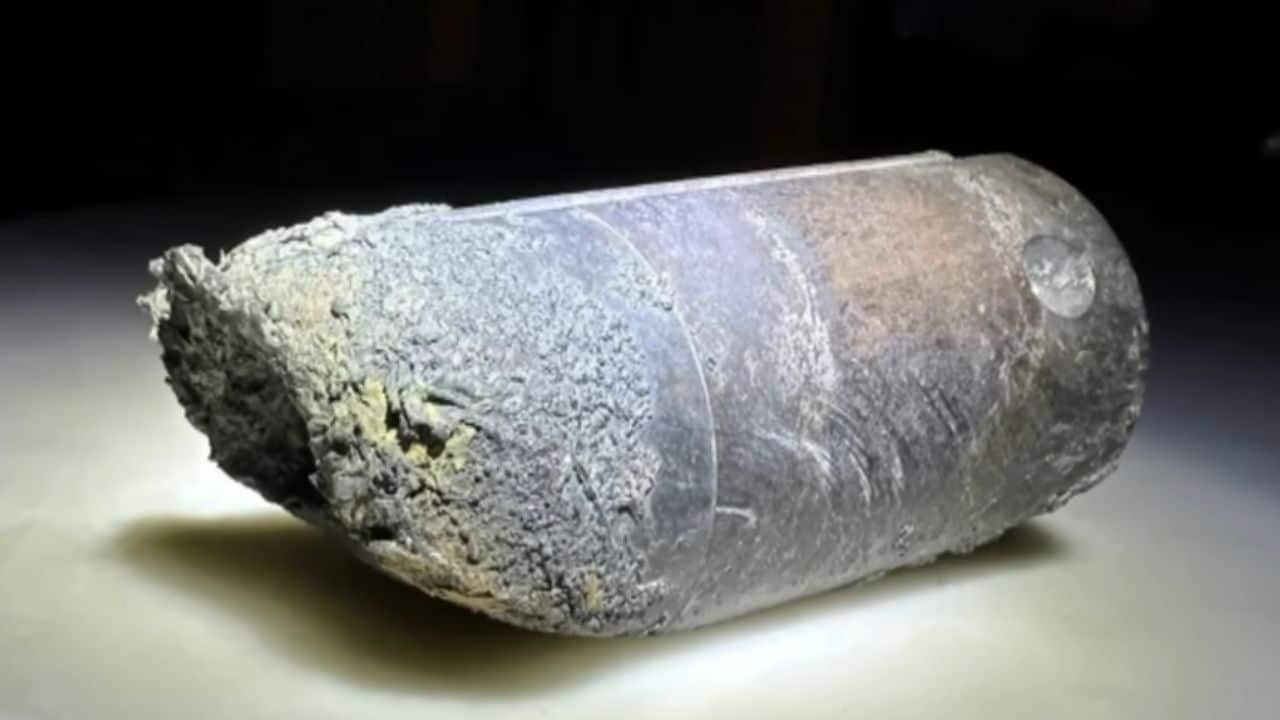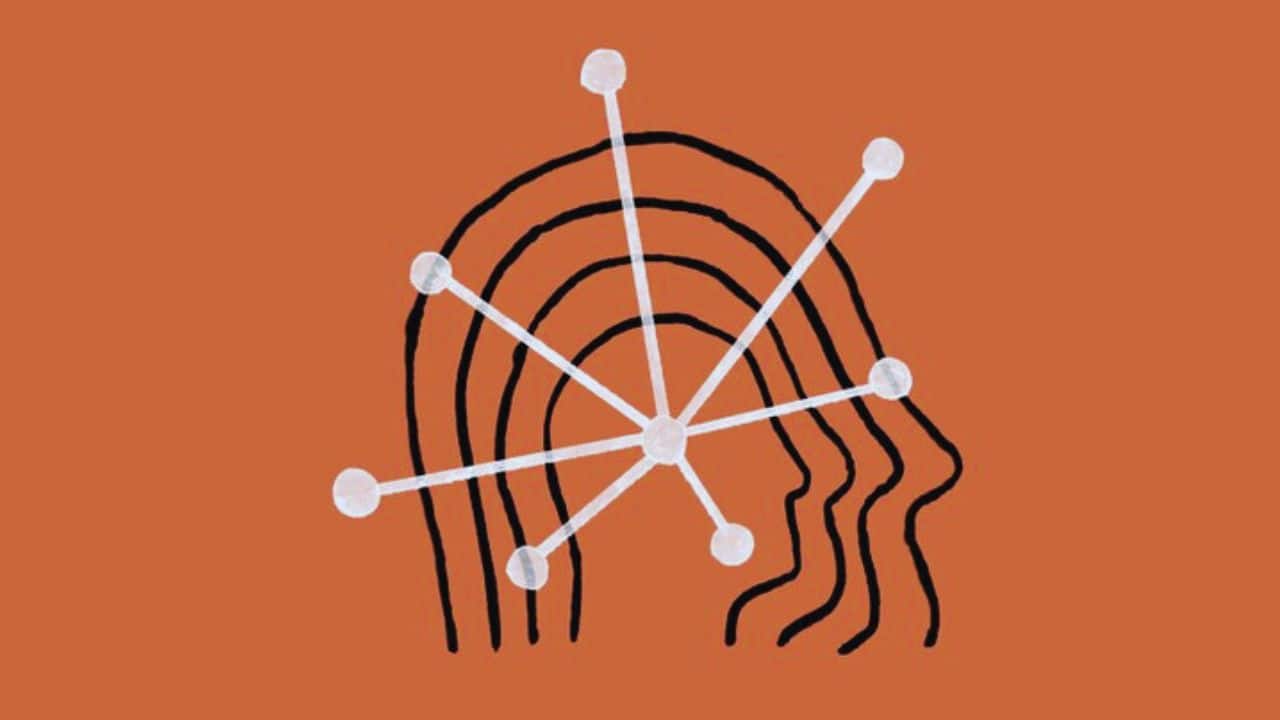- A professor of molecular biogerontology believes that we have only begun to slow the aging process and that people will someday be able to live for 1,000 to 20,000 years.
- Undeveloped technology would be critical to extreme longevity, as we would need to be able to eradicate aging at the molecular level.
- The only approaches to achieve dramatically altered aging outcomes are through DNA repair and cell reprogramming.
What if humans could live for 20,000 years? It might sound like pure science fiction, but João Pedro de Magalhães, a professor of molecular biogerontology at the University of Birmingham, believes it could be a future reality.
In an interview with Scientific American, Magalhães discussed his goal of not merely adding a few years to human life, but thousands. How? By creating new technology that can stop aging at the cellular level, repair DNA, and fundamentally alter the human aging process.
“My hypothesis is that we have a very complicated set of computerlike programs in our DNA that turn us into an adult human being,” Magalhães said. “But maybe some of these same programs, as they continue into later life, become detrimental.” He thinks that tweaking those programs might be the key to unlocking vastly extended lifespans.
Magalhães isn’t merely focused on developing the next life-extending drug, although he recognizes the vital role that medicine has played in improving human lifespans. He’s interested in reprogramming cells and genes directly related to aging, effectively eliminating aging at its core.
His research has led him to study animals that live unusually long lives compared to similar species. For example, the bowhead whale can live up to 200 years, and the naked mole rat has a lifespan of 30 years, even though similar rodents only live for a few years.
“Various long-lived animals, such as humans, whales, and elephants all have to cope with the same issues, such as cancer, but they use different molecular tricks to achieve their longevity,” he explained. With better understanding and utilization of these “molecular tricks,” humans might unlock the secrets to extending life.
While drugs like rapamycin have shown promise in lengthening animal lives by up to 15 percent, Magalhães contends that the real breakthrough would come from creating cells that simply don’t age. He likens aging more to a software problem than a hardware problem and believes that the key might be found in the DNA repair abilities of creatures like the naked mole rat.
“In terms of cancer resistance and probably overall aging as well, it’s their ability to respond to and repair DNA damage,” he said.
Magalhães recognizes the challenges of redesigning human biology to reverse or delay aging, but he sees enormous potential in theory. He even calculated that curing human aging could lead to an average lifespan of over 1,000 years, with a maximum lifespan of up to 20,000 years, excluding accidents or violence.
Though the concept might seem outlandish, Magalhães believes we’ll get there one day by eliminating cancer and overcoming the negative aspects of our genetic code. For now, though, his ideas remain firmly in the realm of futuristic possibilities. Only time will tell if his vision for human longevity becomes reality.








































